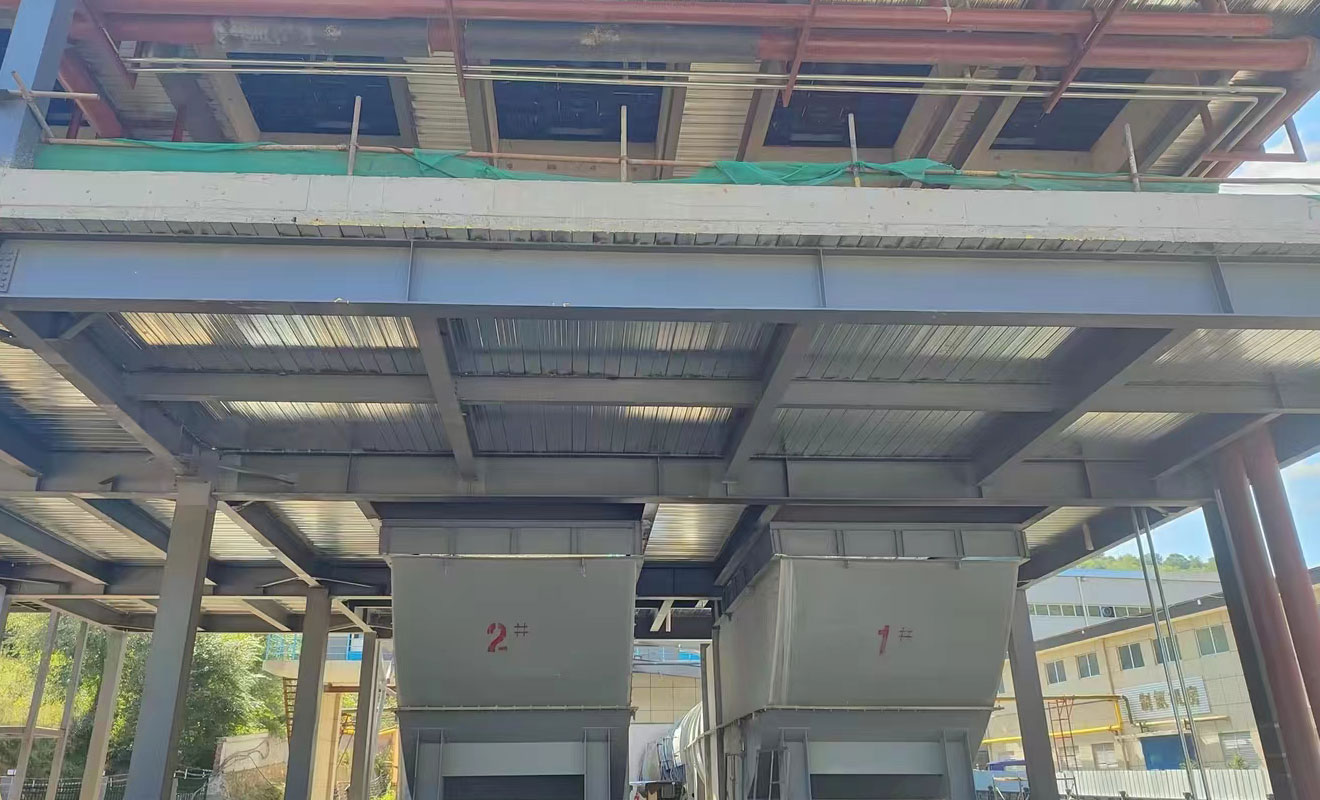As a line of defense for coal mine safety production, mine ventilation plays a crucial role in coal mine work. It can not only keep the air in the mine fresh, but also effectively eliminate harmful gases such as gas and dust, reducing the occurrence of coal mine accidents.
Coal mine ventilation is the foundation of mine safety production, and its importance is self-evident. Once harmful gases such as gas and dust accumulate in mines, they can cause serious consequences such as explosions, poisoning, and suffocation. The ventilation system can maintain sufficient oxygen in the mine, eliminate harmful gases, and improve the safety and comfort of the working environment, which is a line of defense for coal mine safety production.
The basic principle of mine ventilation is to use natural or artificial methods to send fresh air into the mine through the mine road, while expelling harmful gases from the mine to maintain fresh air inside the mine. The ventilation system generally consists of air shafts, ducts, doors, ducts, etc., and ventilation is achieved through negative or positive pressure methods.
According to the different characteristics and functions of ventilation systems, mine ventilation can be divided into two types: natural ventilation and mechanical ventilation.

Natural ventilation: Utilizing natural airflow to achieve air flow through the pressure difference between the mine inlet and outlet. Natural ventilation does not require additional energy consumption, but is greatly limited by meteorological and geological conditions.
Mechanical ventilation: Forced ventilation is achieved through mechanical equipment such as fans, which can more effectively control the direction and speed of airflow in the mine. Mechanical ventilation is suitable for various coal mine conditions, but it requires a certain amount of energy consumption.
In coal mine safety production, mine ventilation has a wide range of applications:
Preventing gas explosions: Gas is a common harmful gas in coal mines, which can easily cause explosions. The ventilation system is used to discharge gas from the mine, effectively preventing gas explosion accidents.
Dust control: Coal mining operations can generate a large amount of coal dust, which can easily lead to air pollution and explosions in the mine. The ventilation system can timely remove dust and keep the air clean.
Ensuring the health of workers: The ventilation system can keep the air in the mine fresh, reduce the concentration of harmful gases, provide a good working environment for workers, and ensure their health and safety.
Temperature regulation: In deep mines, the temperature is often high, which affects the work efficiency and physical health of workers. The ventilation system can regulate the temperature inside the mine and improve work comfort.
In order to ensure the normal operation and safety of the ventilation system, coal mines need to strengthen the maintenance and management of ventilation equipment, including regular inspections of the operation status of fans, air doors, and other equipment, cleaning of air ducts and mine tunnels, and ensuring smooth and unobstructed ventilation systems.
As a key link in coal mine safety production, mine ventilation is crucial for preventing accidents and ensuring worker safety. Through the analysis in this article, we have gained a deeper understanding of the importance, principles, classifications, and applications of mine ventilation. In coal mine work, the ventilation system is an essential equipment to ensure work safety and improve work efficiency. It is hoped that the decryption of mine ventilation can increase everyone's understanding of mine safety production and promote the safe development of the coal mine industry.







Comment